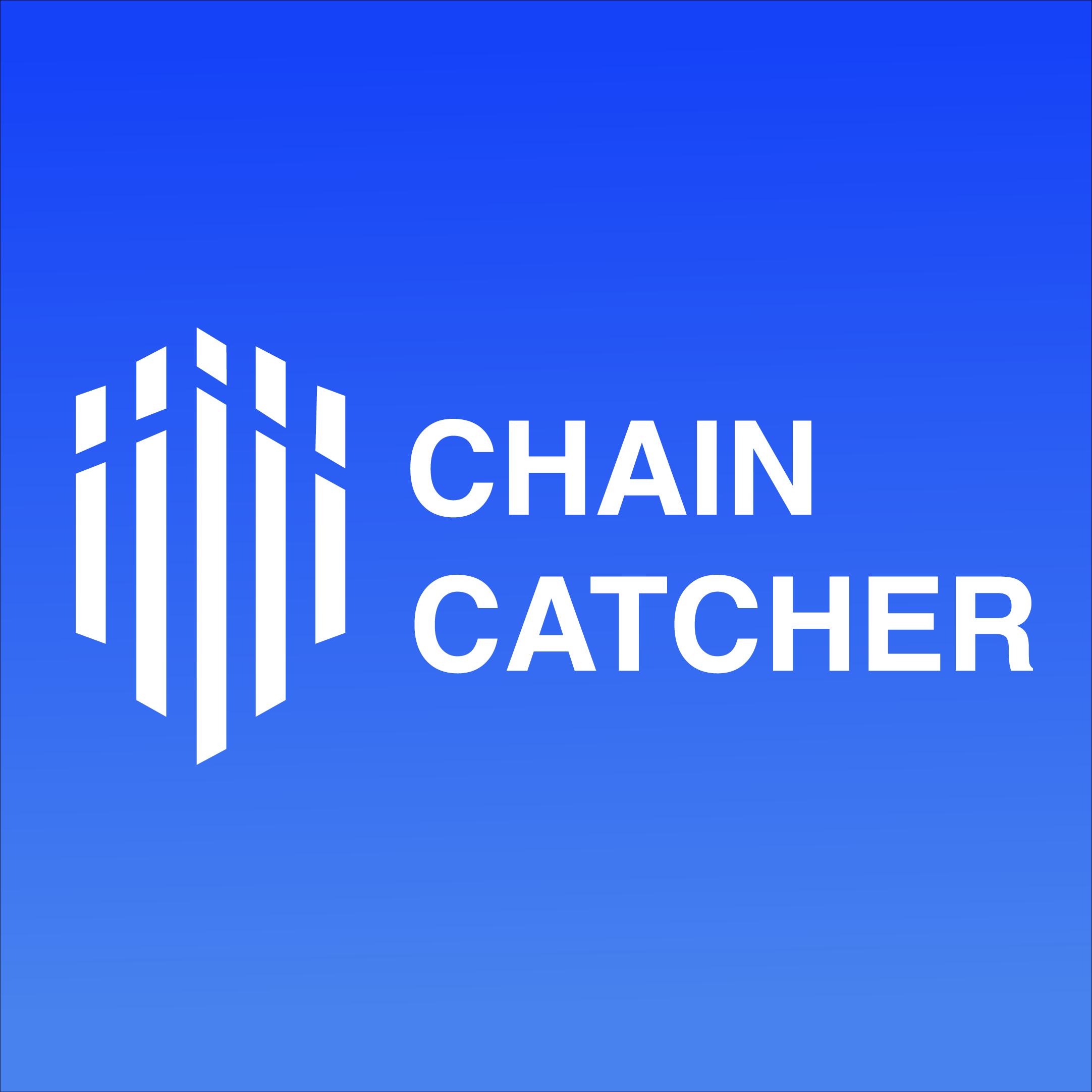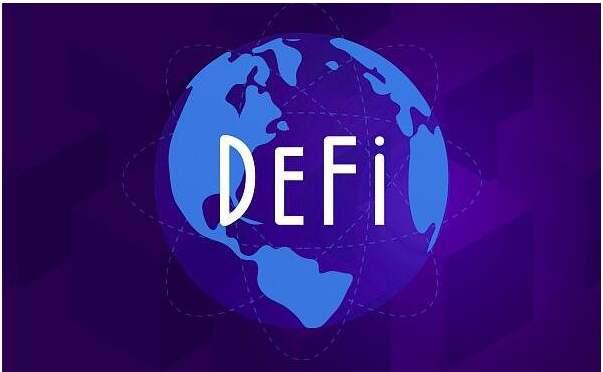Coinbase Research: The Value and Risks of Governance Tokens
This article is from the Coinase blog and translated by Chain Catcher.
In the past 12 months, DeFi has seen tremendous growth. All indicators (value locked, users, transaction volume, valuations, etc.) are rising sharply. While some of these metrics are easy to track, others are more ambiguous. One challenging metric is valuation.
In traditional stocks, valuation is tied to equity itself or direct ownership of a portion of the company. This equity equates to actual control over the company and grants equity holders certain benefits, such as proportional profit distribution (dividends).
So what are governance tokens?
In decentralized protocols, code is law, so actual control depends on what is represented in the code. In this sense, each DeFi application will have different ownership statuses, as each protocol will write a different set of rules to define what ownership means. Some protocols are coded with no concept of external ownership; they will operate solely based on their initial internal rules and will never change! However, most teams that create these protocols recognize the need for upgrades and changes, so they code the concept of ownership, allowing for the adjustment and modification of selected parameters.
In short, governance tokens are ERC-20 tokens associated with specific projects, where a legal number of token holders is required to adjust or change selected parameters. Therefore, these tokens "govern" the protocol.
But it is important to note:
1) Governance tokens do not lead to unilateral control. Governance tokens can only influence the selected parameters that were initially coded into the project.
2) Each project has a different definition of ownership and governance and will decide for itself which parameters can be changed and how changes are approved.
Clearly, there are many nuances here. In this article, we will quickly explore the reasons that make governance tokens valuable, as well as some reasons for cautious use.
1. Reasons Governance Tokens May Be Valuable
Why is control and influence over decentralized protocols valuable? In short, governance tokens convey certain privileges, including:
Cash Flow Distribution Rights: Protocols may charge fees to their users. After these fees are collected, governance votes can decide to distribute a portion of the fees to token holders, similar to stock dividends.
Rights to Change the Protocol: As mentioned earlier, tokens grant their owners the right to vote on the future of the protocol. For example, most projects allow token holders to vote on changes to smart contract code and fund management.
Code changes represent the direct business logic of the application. In some cases, these decisions can be very significant, similar to a board voting on a company's strategic direction. Control and influence over these decisions are important, and some parties are willing to pay a considerable price for this.
Fund management typically focuses on the percentage of tokens usually allocated to "community activities," which is a budget for funding beneficial projects and feature development. Influence over these decisions is another extension of control over the future direction of the protocol.
Rights to Future Token Distribution: Some projects allow new tokens to be minted for users of the protocol, typically through liquidity mining. The idea is to proportionally distribute governance to the protocol's users, leading to deeper retention and participation. Governance tokens are often used to set these parameters.
Here are some examples of existing DeFi projects across these dimensions:

Ultimately, governance tokens are the closest thing to ownership in decentralized projects and typically have some degree of influence over the future direction of these projects. Most projects also charge users certain fees, and as a result, a portion of the value may ultimately accrue to token holders.
2. Reasons to Be Cautious When Investing in Governance Tokens
While governance tokens can offer compelling returns, be aware of some key challenges and risks:
Utility of Token Cap Tables: The total supply of tokens often includes large allocations to founders/team members and investors, thereby granting control to a relatively small portion of people. As a result, the protocol is often wealthier than a democratic system. Consequently, some projects completely avoid allocations to teams and investors, opting instead for a "fair launch," distributing governance tokens entirely to platform users. However, in practice, this can still lead to overly concentrated positions as whales acquire large positions in the secondary market.
The DeFi paper from the St. Louis Fed states: "In many cases, most governance tokens are held by a small group of people… even if the issuance is considered relatively 'fair,' the actual distribution is often still highly concentrated."
Upcoming Investor and Team Vesting Schedules: Most team and investor tokens typically do not become liquid immediately but are locked on a specified vesting schedule. The cumulative effect is that when the tokens first launch and begin trading, most of the token supply lacks liquidity. Reduced float can inflate the project's "fully diluted value" to seemingly excessive numbers.
The potential challenges are further complicated as a portion of team and investor tokens may have immediate liquidity at issuance, leading to supply shocks that can affect governance voting influence and potentially impact market prices. When participating in governance tokens, be mindful of the total supply of tokens and any unlocking nodes.
Regulatory Issues: The U.S. Securities and Exchange Commission (SEC) has issued guidance that the greater the degree of decentralization of a project, the less likely the underlying tokens are to be considered securities. It is currently unclear how decentralization will be defined in practice, but the SEC has indicated that BTC and ETH have previously reached this threshold. Nevertheless, the threat of being classified as securities still looms over projects with governance tokens, as it is unclear how the SEC will view some of these projects in the future.
3. Conclusion
At a glance, governance tokens are similar to traditional equity: they can control the future of the protocol and can dictate cash flows and/or dividends. However, the main difference is that the scope of governance tokens is limited (voting can only occur on a small number of parameters), they are usually provided for free to users of the protocol, and they are not strictly equity in a legal sense.
It is also helpful to be aware of the potential negative impacts. Each project will implement governance tokens in different ways, releasing a unique token cap table that may include cumbersome vesting schedules, leading to lower initial liquidity, and will be independently assessed for compliance by regulators.
There are reasons to be excited about the new paradigm introduced by governance tokens, but this is also early in its evolutionary history. These are new concepts, the design space is vast and will continue to evolve, so be sure to do your own research and act accordingly.










